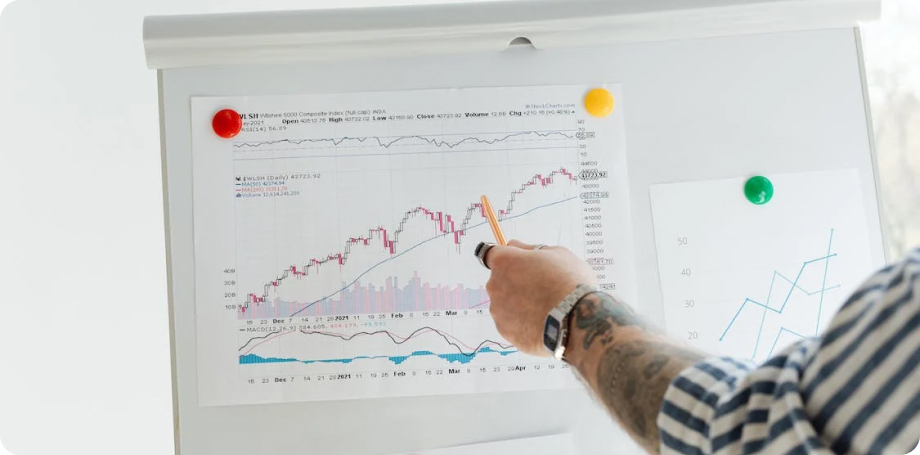The Tech side of startups can sometimes be very fluid and contain a lot of unknowns. What tech stack to use? Which components might be overkill for now but worth keeping an eye on in the future? How to balance the pace of business features development while keeping the quality bar high enough to have a maintainable codebase?
Here I want to share our experience building https://cleanbee.syzygy-ai.com/ from the ground up — how we shaped our processes based on needs and how our processes how we shaped our evolved as we extended our tech stack with new components.

What we have at the start:
We have started simple — code at GitHub and a PR-based flow with a single requirement — to have tickets split table to be delivered in 1–3 days. This required some practice of story slicing, and it seems that a sense of visible fast progress is shown through the ability to move tickets to Done. This can be a great motivational factor for the team to onboard that idea.
Nowadays, the choice of frameworks is really wide, but again, due to some experience with Flutter, we decided to give it a go. Within mobile development, one of the important aspects to better decide on is state management.
We collect require documents
and send for check
We check the document and
send for final approval
After approve you’ll ready to use
your software
“I am genuinely thrilled by the current fusion of technologies reshaping digital marketing. The integration of data analytics, AI and automation is revolutionizing our approach.”

The backend, a part of the DB, also should have some object/file storage. Sooner or later, we also should have DNS so that our services are ready to play with the big cruel world.
The choice of cloud provider was purely based on existing expertise within the team. We already use AWS for other projects, so we decided to stick with it. For sure, it is possible to do everything in the AWS console, but as times go, things become a classic big ball of AWS console, but as times go, mud that everyone is terrified to touch, and no one remembers why this bit exists at all.
Our approach to choosing with whom we work activities to try the most promising one chosen by features, supported languages, and, in the case of providers, pricing.
Schedule a free consultation with our experts. Uncover
opportunities
and take the first
step towards digital success